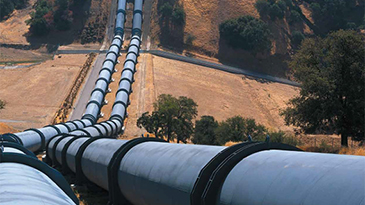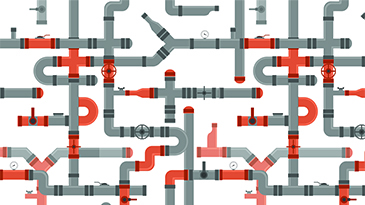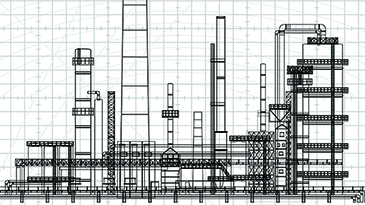I had the opportunity to sit down with Marco Parada, facility operations supervisor at the San Alberto and San Antonio oil fields of YPFB Andina. Marco has been working in this position for seven years. He is an important Aspen HYSYS® user located in Santa Cruz, Bolivia.
In this interview, Marco tells us about his experience with Aspen HYSYS and shares his thoughts about the use of process simulators, with special focus on ideas for junior process engineers.
Q: What experience did you have in the industry before your current job?
I was a gas plant superintendent at the San Alberto and San Antonio fields when they were operated by an American company. They were mainly dew point plants, so I understood the operation at these plants. I was also operations supervisor at the Margarita plant, which is another important plant in Bolivia.
Prior to that, I worked for almost eight years as process engineer and was the head of the fuel, lubricants and technical services plants at the Gualberto Villarroel refinery in Cochabamba. Subsequently, I worked in some other gas plants as an operator and as process engineer. Overall, I have 30 years of experience in the oil and gas industry in Bolivia.
Q: How did you start using process simulators?
It is an interesting story that began when I went to Houston back in 1992 to attend an energy management training course for refining. In that course some of the speakers talked briefly about a process simulator. I found it very interesting, but since I didn’t have a license back then it was not until 2002 that I got to work with Aspen HYSYS.
I used the software as superintendent at the gas plants mentioned above, but without much access to the program. It was not until 2008 when I was working for Ponex, an Argentinian company that delivers engineering services to the oil industry, that I was able to really interact with Aspen HYSYS. I found the software very useful, so from 2008 to 2012, I dedicated some time to studying the handbooks of (then) Aspen HYSYS 3.2. Now, at YPFB Andina, I have been using Aspen HYSYS since I joined the company and have applied it in projects that have generated many benefits.
Q: What do you find more exciting about process simulators?
I have seen very high accuracy with dew point gas processing plants and pipelines, which is what I have modeled in Aspen HYSYS. I have seen less than 1 percent differences in the results for plant simulations with pipelines used to decrease pressure for almost 500 km. And the differences in pressures are very small, about 1 or 2 psia with respect to reality. With the reference of these excellent results, I have no doubt that we will see very impressive things in the future.
Q: How do you think we can help junior process engineers with the use of process simulators?
When I read the handbooks, I realized that there are also licenses for universities. Curricula at universities need to develop courses with subjects that are supported by process simulators like Aspen HYSYS. Classes like thermodynamics or transport phenomena should have the support of a simulation lab that provides the student with a full vision of chemical engineering.
As a student, one is impressed to see things happening in a physical lab. And being able to use Aspen HYSYS to simulate a process in the same way as it might happen in real life can be very helpful at universities, especially to those who are passionate about chemical engineering.






Leave A Comment